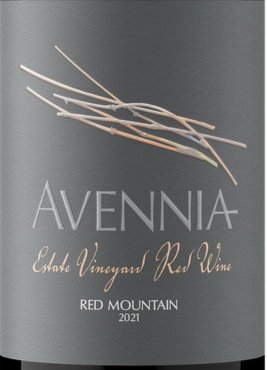What is an AVA and Why is it Important?
By Cole Swanson
November 15, 2024
Every wine bottle’s label designates the area from where its grapes were harvested. In just about every part of the world, countries refer to these places of origin as ‘appellations’. However, North America adopted their own term, American Viticultural Area (AVA).
This labeling term is used only in the United States, and like an appellation, it defines a specific grape growing area. This term is important for distinguishing the flavors of the wine.
Umbrella AVA
Let’s use Washington state as an example. As of 2024 there are 21 AVAs within the state, most of which are within the Columbia Valley AVA, where 99% of all Washington state wine grapes are grown. It is an umbrella AVA and encloses 19 sub-AVAs. To be labeled as such, 85% of the grapes must come from the named AVA.
In the case of the example label, the grapes in this wine came from multiple sub AVAs, but none of the blend met that 85% standard to be labled with a more specific harvest location.
Sub-AVA
A sub-AVA, such as the Red Mountain, is a particular location within the Columbia Valley whose terroir is so unique that it provides distinguishable tasting notes from the whole.
Like with the Columbia Valley, to label a wine as “Red Mountain,” 85% of all harvested grapes must come from the Red Mountain. If a winemaker wishes to pick grapes from other sites, such as Yakima Valley, Walla Walla, or Candy Mountain, they may still label their wine as Red Mountain as long as they meet that harvesting standard.
State-wide Labeling: No Specific AVA
If a wine is labeled as “Washington state,” that means that at least 75% of the grapes were harvested from within the state itself, but did not meet the above requirements to use a more specific labeling term. This could be the case if grapes from two different states were used, but, still, three-fourths did not come from a specific AVA.
The reason for AVAs and their subsidiaries is to provide context as to what the wine may taste like. The more specific a label designation, the greater ability you may have at understanding what’s in the bottle.
For example, Red Mountain is known for its bold reds due to its warm climate. Factors such as this, along with soil makeup and other climatic influences, are what distinguish each AVA from the rest. So, if you’re grabbing a wine bottle from the grocery store shelf, and don’t know what it will taste like, understanding its origins is very helpful. Start generally, using the information above, and work your way to learning about different vineyards and wineries so you can best narrow down which producers you like the best.





